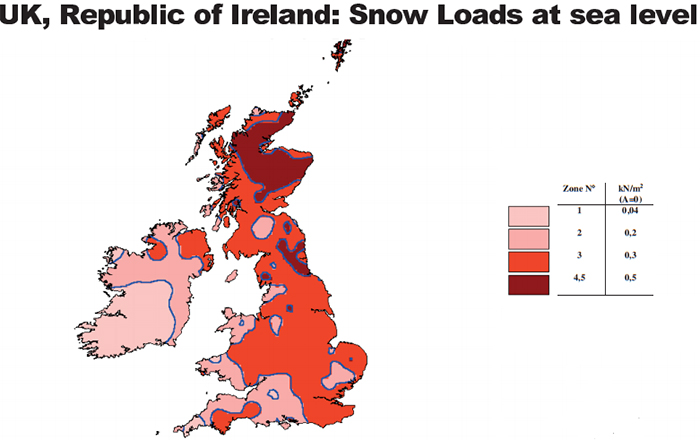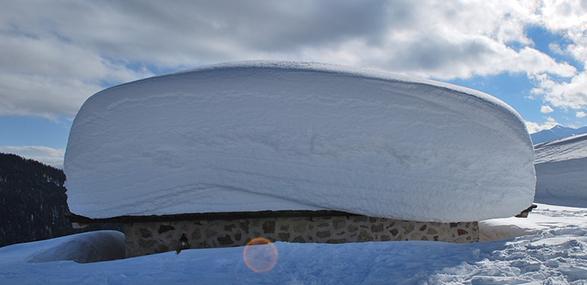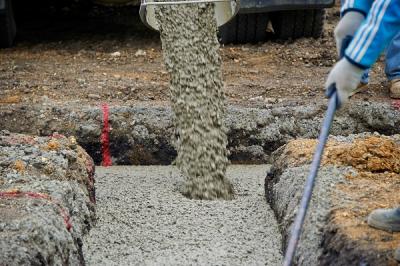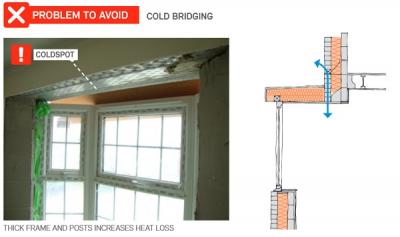How to prevent snow damage from heavy, heavy snow
As the first snow flurries spread across the UK at the end of November it reminds us that winter can pose some additional problems for buildings and everyone in and around them.
Aside from freezing temperatures, icy surfaces, severe storms and bad weather to test our structures to the limits, heavy snow can provide significant loading particularly if the cold spell lasts for a while.
It is therefore important to be prepared for such conditions and remember that significant weight loads introduced by snow on buildings have the potential to damage the structure.
The most hazardous conditions are likely to arise when repeated snow falls over several days and doesn’t have sufficient time to melt from roofs.
Furthermore, conditions can be made worse when rain follows heavy snow because rain water will initially be absorbed by the snow layers, which further increases the weight of snow.

So how much extra weight does a heavy fall of 30cm of snow amount to?
Snow has about 1/10th the density of liquid water, and so 1l of water weighs 1kg.
So 300mm of snow would weigh 30kg/m².
If this lands on a 24m2 lightweight conservatory roof then this is an additional 720kg load to the roof. The average adult weighs 75 kg, so that’s equivalent to almost 10 people sitting on the roof!
Buildings at greater risk
- Geographical location and exposure to wind
- Roofs that have had their insulation properties improved allowing snow to accumulate for longer periods
- Large span roofs
- Low pitched roofs
- Substantial snow drifts can accumulate in valleys, behind parapets, and against neighbouring higher structures
- Poor maintenance of gutters and drainage systems resulting in them becoming blocked or frozen, and melting snow and rain not being able to drain away from the roof
Before snowfall or freezing temperatures
- Inspect all gulleys, gutters, downspouts and drains and repair any damage
- Inspect and clean accumulated debris such as leaves, vegetation and silt from all roofs, roof drains, gutters, valleys and downspouts so that water will flow freely
During winter weather
By taking some simple practical steps during severe snow conditions it may be possible to reduce the likelihood of roof collapse.
- Try to keep roofs, gutters, downspouts, and drains clear of ice so water can freely drain away
- When clearing snow from yards, driveways, and footpaths, make sure that snow is not deposited against the foot of any downspouts as this may interfere with effective drainage
- Only where it is safe to do so, chip and channel any ice dams to ensure that water can flow freely
- Specialist advice should be obtained if considering the removal of snow from roofs and this should only be undertaken if it is safe to do so and by a competent person following a risk assessment.
Sign up to the building bulletin newsletter
Over 48,000 construction professionals have already signed up for the LABC Building Bulletin.
Join them and receive useful tips, practical technical information and industry news by email once every 6 weeks.
Subscribe to the Building Bulletin




Comments
Add new comment